
- All
- Accounting & CPA
- Advertising
- Agriculture
- Alphabets
- Animal & Pet
- Apparel & Fashion
- Arts
- Attorney & Law Firm
- Auto & Transportation
- Beauty
- Childcare
- Cleaning
- Communication & Media
- Community & Foundation

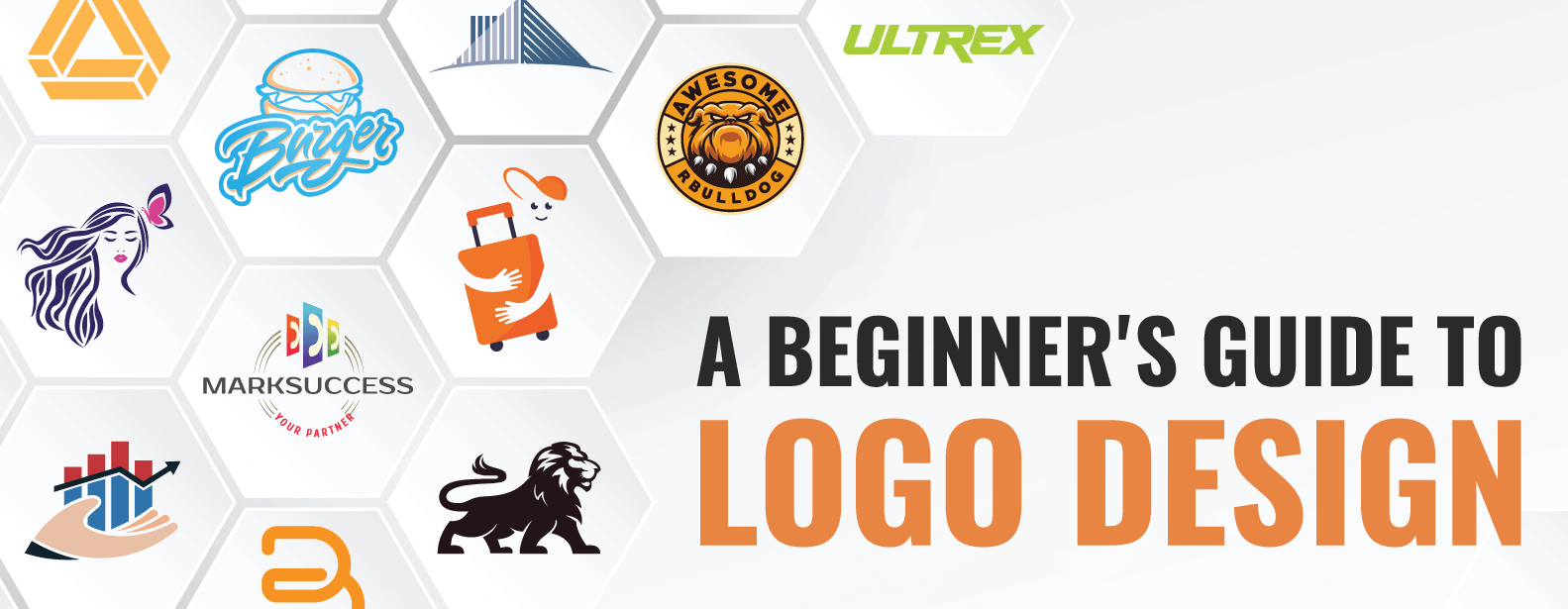
How often Do You Think About Logos?
We might notice business logos that we think are particularly clever or unique. And we’re almost certain to notice logos which are poorly designed, or which have graphics that are badly chosen.
If you took the time to think about how many logos you actually know, though, you might be surprised. The fact is that logos are often not immediately noticeable — but they are hugely important parts of building a business or a brand.
If you’re creating a company yourself, or putting together a logo for a client, there are a lot of factors to consider. What type of logo will you choose? What colors will be included? Will there be text, and what typeface will you use?
That’s before you even get into the question of scalability, uniqueness, message, and a hundred other considerations.
As a beginner, the sheer amount of elements that need to come together in order to create a logo that fits your business can be overwhelming. But don’t panic! In this step by step guide to creating business logos and personal logos, we’ll discuss how to put together elements to make stunning logos that are perfect for your brand.
Later on in this article, we’ll discuss some more detailed steps that are specific to certain types of logos. To start with, though, let’s jump right to a step by step walkthrough of the most basic logo creation process. Whether you’re a beginner or a professional graphic designer, this eight step guide will help you to design a logo that fits your needs.
Lay the groundwork. Any branding efforts, especially for a new company, requires that you lay a foundation for the logo design. In the case of designing a custom professional logo, this will include market research, including looking at the logo designs of your competitors. It’s important that your logo does not resemble another company's. You should also fully understand the personality of your brand, so your logo can stay on-message.
Sketch out some basic ideas. This is a common practice that helps to get the creative juices flowing, so to speak. You may choose to use a computer and design software to put together some rough ideas with design software. Many designers, however, stick to good old pen, pencil, and paper for this step. Start scribbling and sketching, and fill the entire paper with ideas. It’s basically a “creativity rush” that may lead to more inspiration than you expect. If the first page doesn’t yield any ideas that you want to pursue, sketch another page. If the ideas seem to dry up and you can’t come up with anything else, go back to your groundwork for logo inspiration.
Select some possibilities. By the time you’ve filled one, two, three, or even more pages with potential ideas, it’s time to look back through them and select a few that seem promising. It’s not unusual to feel a strong attachment to one or more ideas as you’re sketching. These are good candidates for designing your logo concepts later on.
Use your tools of choice to develop your idea. There are a number of ways to design a logo. You can put your ideas together in a creative brief and hand it over to professionals to develop a final draft for you. However, if you’re the “design my own logo” type, then you will want to decide on a logo design software that you feel comfortable using. You can use paid software, such as Adobe Illustrator. Free, open-source software is available, too, like Inkscape and Gravit Designer. And, of course, there are assistive design resources, like logodesign.net. As you work your potential ideas into first drafts, choose the one which fits your needs best to focus on.
Refine and edit your first draft. A commonly-repeated piece of advice from graphic designers is to not get too attached to your very first draft. Keep developing it and refining it, resisting the urge to settle. Your early design might be a workable logo, but you could be only a few tweaks away from a truly beautiful logo.
Get feedback on the design. It’s always a good idea to ask for feedback. You could turn to trusted friends, other designers that you network with, or even some of your clients and customers. Ask specific questions, such as what message they think the logo sends, whether it fits the overall image of your brand, and if the logo is memorable and unique.
Look back at your groundwork and make sure your final design meets your criteria. That criteria includes memorability, scalability, uniqueness, accuracy of message, and other factors that are more personal to your business. Before you decide on a final logo, make sure it measures up.
Final tweaks and changes. Before you launch your new, stunning logo, put the final finishing touches on it.

The individual steps for actually designing the logo for your brand using the software of your choice will, of course, depend on the software you use. But many designers agree that steps one and two, laying the groundwork and brainstorming ideas, are some of the most important factors. You can’t develop a final draft of your beautiful logo if you never create a first draft.
There are a lot of elements that can go into a finished logo. Here is a list of the most important logo elements. Needless to say, how you use these elements to make your logo complete depends on your creativity.
The choices you make for these elements will also depend on the type of logo you make. Some basic logo types include:
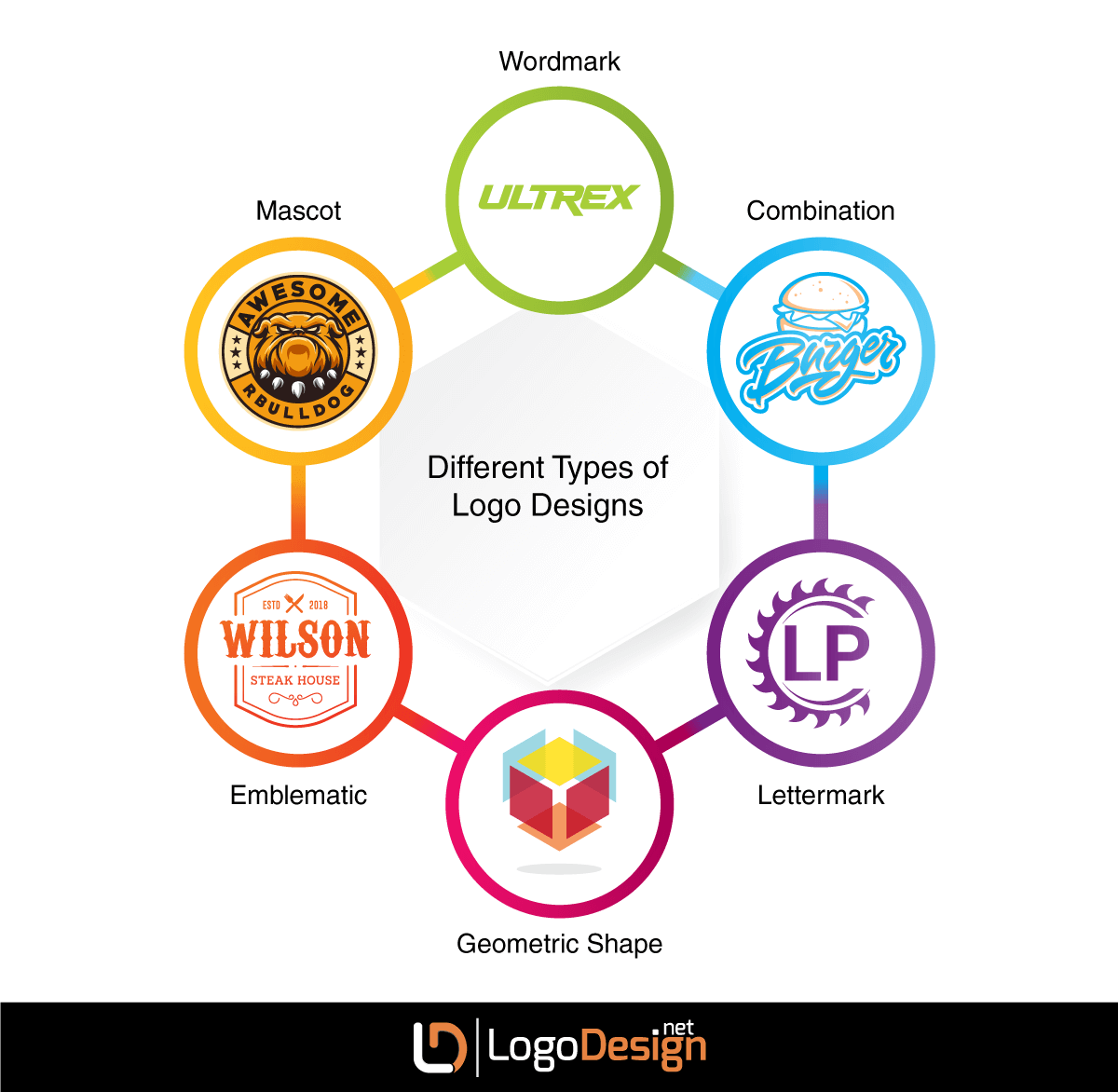
Any and all of these logo types are valid choices for your logo. Before you decide on a certain logo, you may want to investigate each type a little more to see if it makes sense for your business or other logo needs.
We’ll discuss each of these types and specific tips to help you make your logo for that need. Let’s get started by discussing business logos.
All businesses need to be branded. Branding is what sets your business apart from its competitors, and a professional logo achieves that goal. It's also what tells your potential clients what they can expect out of working with you or buying from your shop.
A logo design is an important piece of branding. They are the first piece of branding that your clients are likely to come into contact with. And they are the visuals most commonly associated with your business, which is why it’s worth investing in to create a professional logo for your brand.
So when someone sees your professional logo, they will automatically think about your business and what it means to them — at least, that’s the goal!
Let’s look at what you need in order to create a professional logo.
As a business owner, you already need creativity in a lot of different aspects. Creating a logo for your business is no different.
The eight step walkthrough we outlined earlier in this article applies to creating a business logo, as well as any other kind. But here are some specific tips to answer the question, “How do I create a logo for my business that looks really professional?”
Market research is even more important when creating a business logo. Different markets and professions have commonalities in branding, or specific trends that are often followed. For instance, banks and other financial institutions tend to use blue for their color palettes. This is likely because the psychology of logo color tells us that blue lends a feeling of trustworthiness and tradition to the logo. You don’t want to jump on a trend that has saturated your market. If you do that, you run the risk of looking exactly like everyone else.
Color choice can send a message to your potential clients. Research the psychology of color to get some ideas as to what palettes you should use for your logo.
You should also ensure that your logo is still effective even without colors. There will be times when it needs to be rendered in black and white, so make sure that it works well with color and without.
Professional logos need to ensure that they are legible! Make sure that your chosen typeface, if you have written content in your logo, is easy to read.
Simple is often better, especially with a business logo. Restricting your logo to as few elements as possible keeps your viewer from being unnecessarily distracted. It also helps with scalability and reprinting on various platforms.
A common practice for creating business logos is to put together a creative brief, ensuring that inspiration, brand personality, message, and other important deciding factors are all included in the design. This is often done when business owners hire graphic designers, but if you are creating your own logo for your business, compiling a creative brief is a good idea.
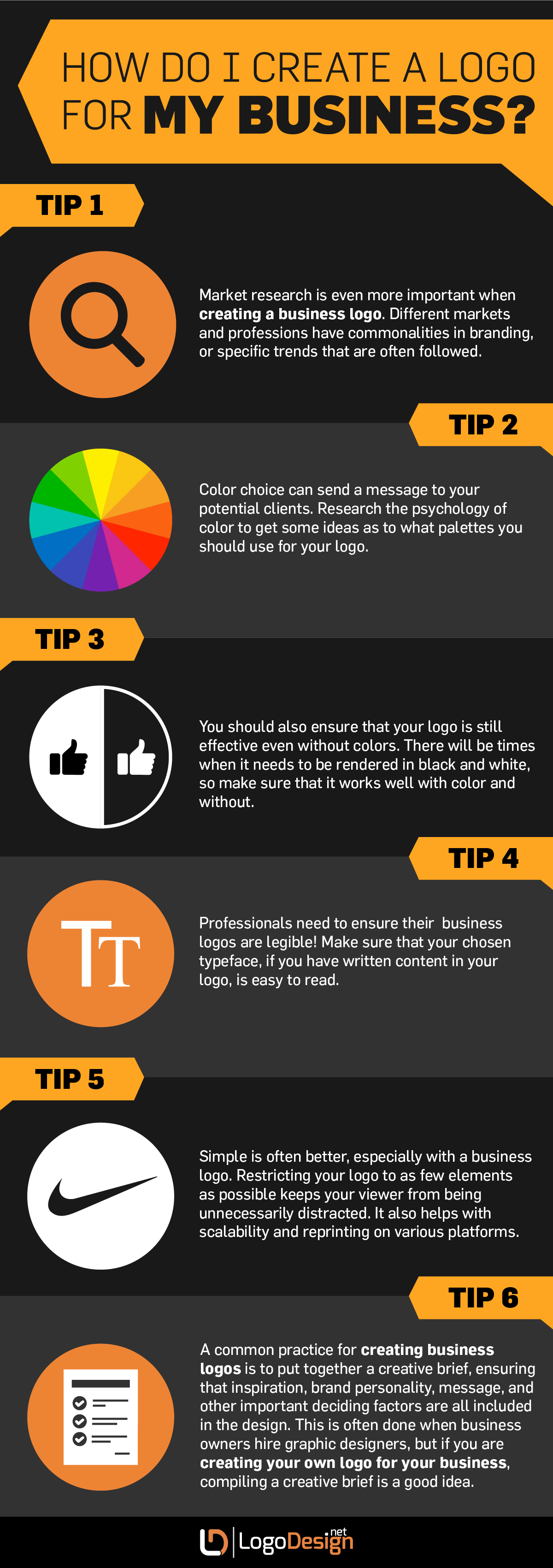
For a business to be successful, it absolutely must make an impression on its clientele, and making your logo stunning is a step in the right direction. If no one remembers whether they have bought anything from your business before, they have little reason to seek it out again.
You have a very slim window of time to make a good impression on first-time viewers — it takes only milliseconds for someone to form a first impression. So getting a stunning logo is key to making that first impression and boosting your business growth.
Important factors that go into a stunning logo include:
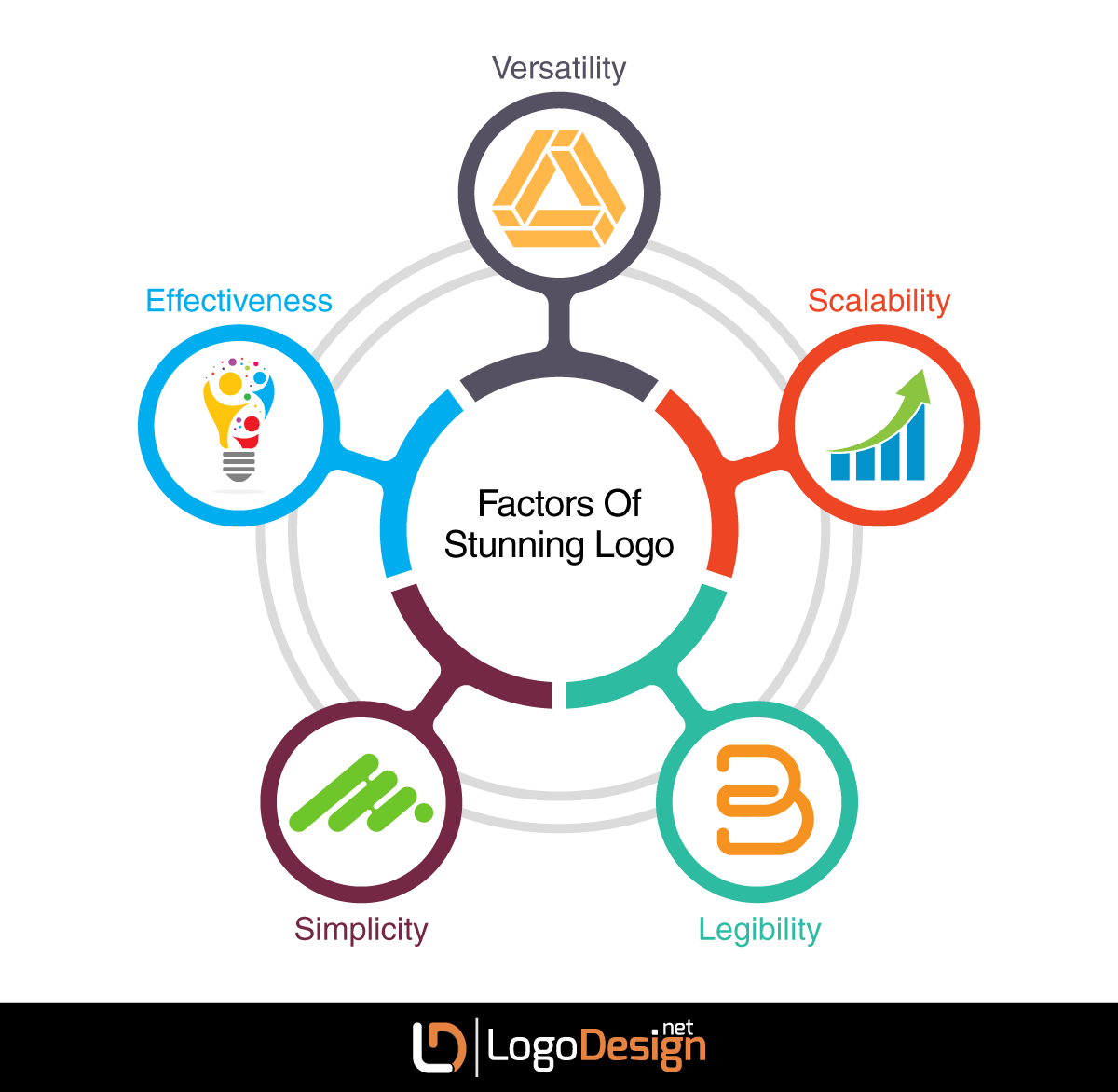
On top of that, your logo should be more than initially stunning — it should be memorable.
To create a truly memorable logo, look for unique factors and elements to include. Even if you opt for a logo element which is more traditional, consider rendering it in a hand lettering logo design, giving your brand that little extra kick that sets it apart from the competition.
We may tend to think of professional logos as being strictly business logos — after all, that’s what we’re used to.
But these days, personal branding is more and more important. Markets that are dependent on influencers, such as popular Instagram and YouTube users, seem to be created from scratch every year. These individuals are technically their own company — but their branding is built around themselves as persons. For this reason creating a personal logo has become imperative for these individuals.
Personal brand logos offer more scope for individuality and uniqueness than more traditional business logos. This is because the rules for personal branding are much looser than a regular company.
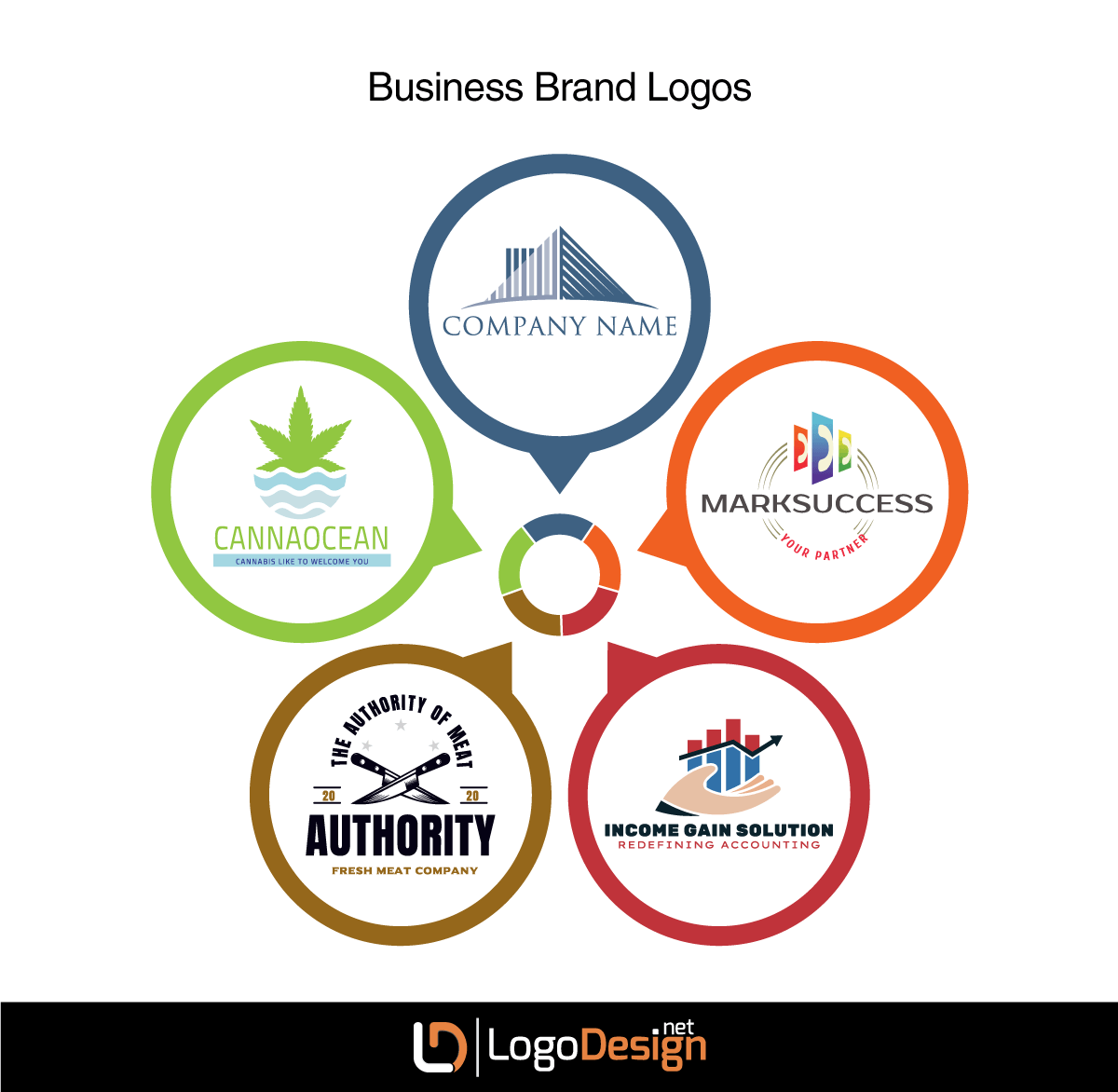
Companies usually have more people invested in them, and it’s usually seen as better to play it more safely in terms of branding. As a result, business logos need to be professional, stand for the brand mission and denote the ideology of the group of people involved.
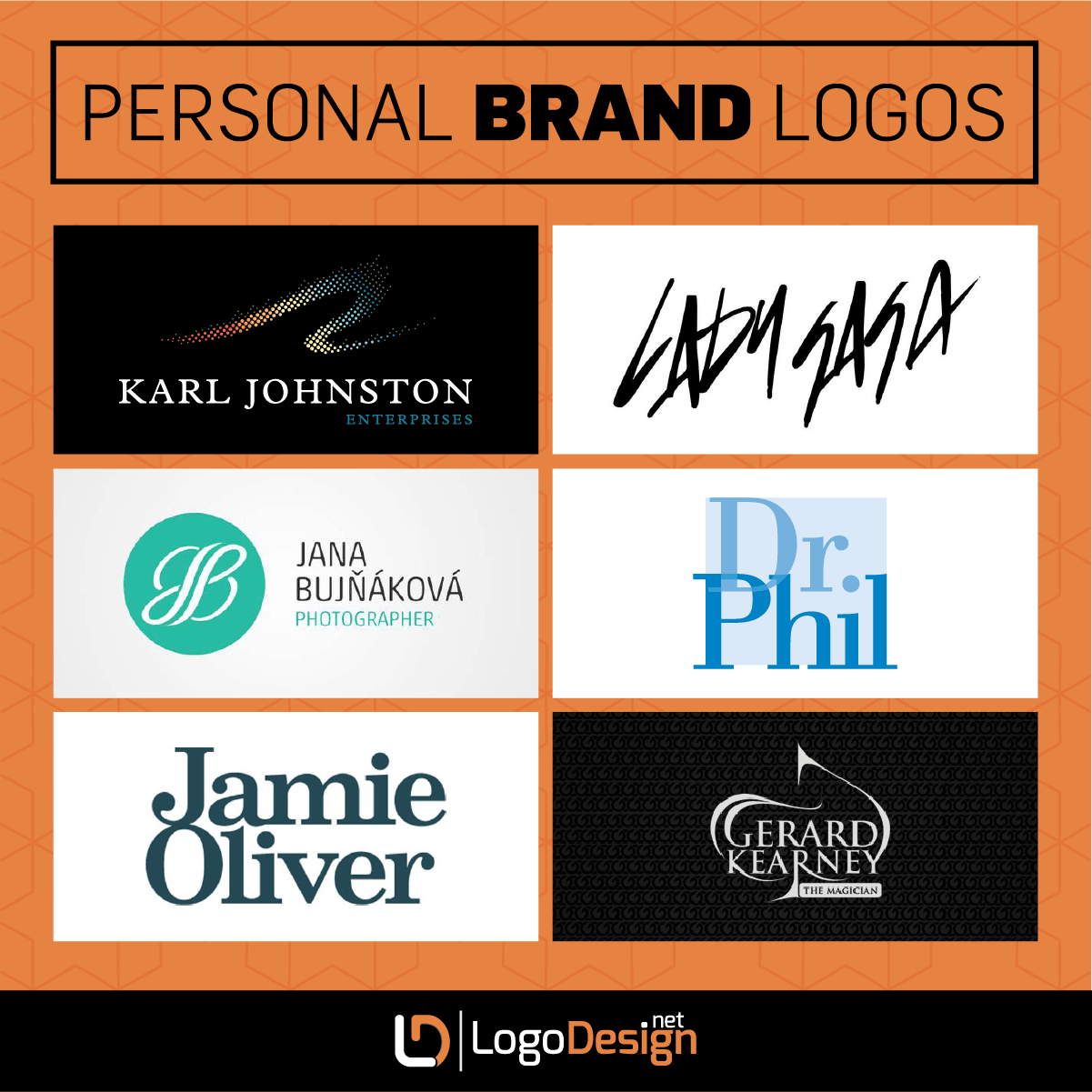
Individuals have a lot fewer restrictions, and fewer people telling them what to do — or at least strongly suggesting.
Either way, of course, you can still create a stunning personal logo, no matter what you need to create it for.
Personal logos often draw from the name of the individual. For this reason, many personal logos are wordmark, lettermark, monogram, or combination.
You can follow the same guide on how to create a company logo that we discussed earlier in this article. But here are a few tips specifically for creating a personal logo.
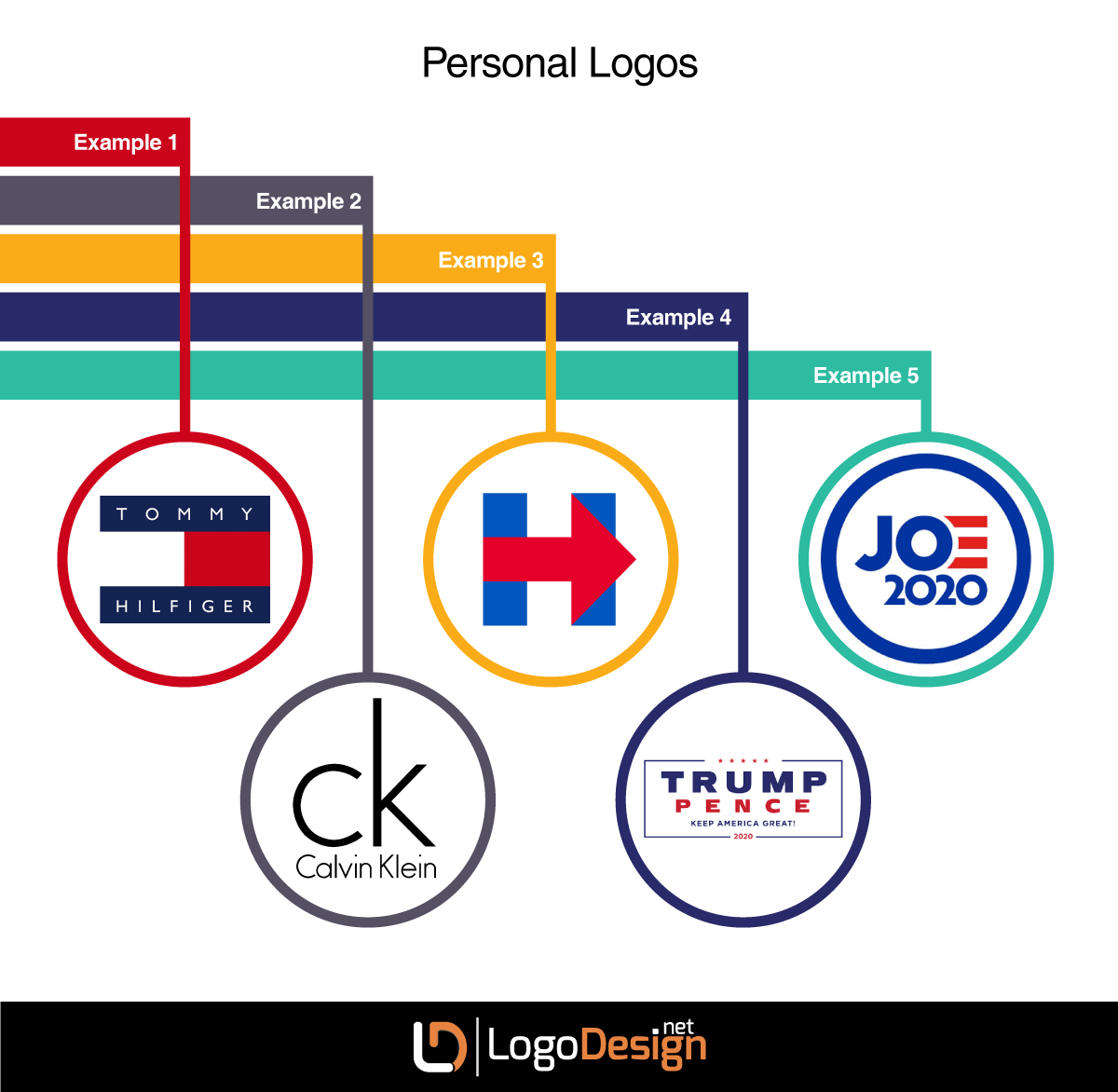
Embrace what makes you unique. You may want to get feedback on this, asking your friends for suggestions. You may build your personal brand logo’s style on your personality traits, your profession, your hobbies, or even something like your pets.
Choose colors that fit the message of your personal branding. Take time to look at the psychology of color, and what the colors you choose are telling your audience.
Make sure to ask for feedback. With personal logos, it’s even easier to get too close, emotionally, to your designs. So make sure that you get feedback from unbiased sources. Don’t ask someone who will just tell you what you want to hear.
If you do choose a lettermark or wordmark logo, you’ll likely want to work with a unique font. But still keep legibility as a consideration.
For a personal brand, you want a beautiful logo that illustrates the type of person that you are, that plays to your strengths, and that attracts new followers, viewers, and fans.
Here are a few trends in personal logo design to consider:
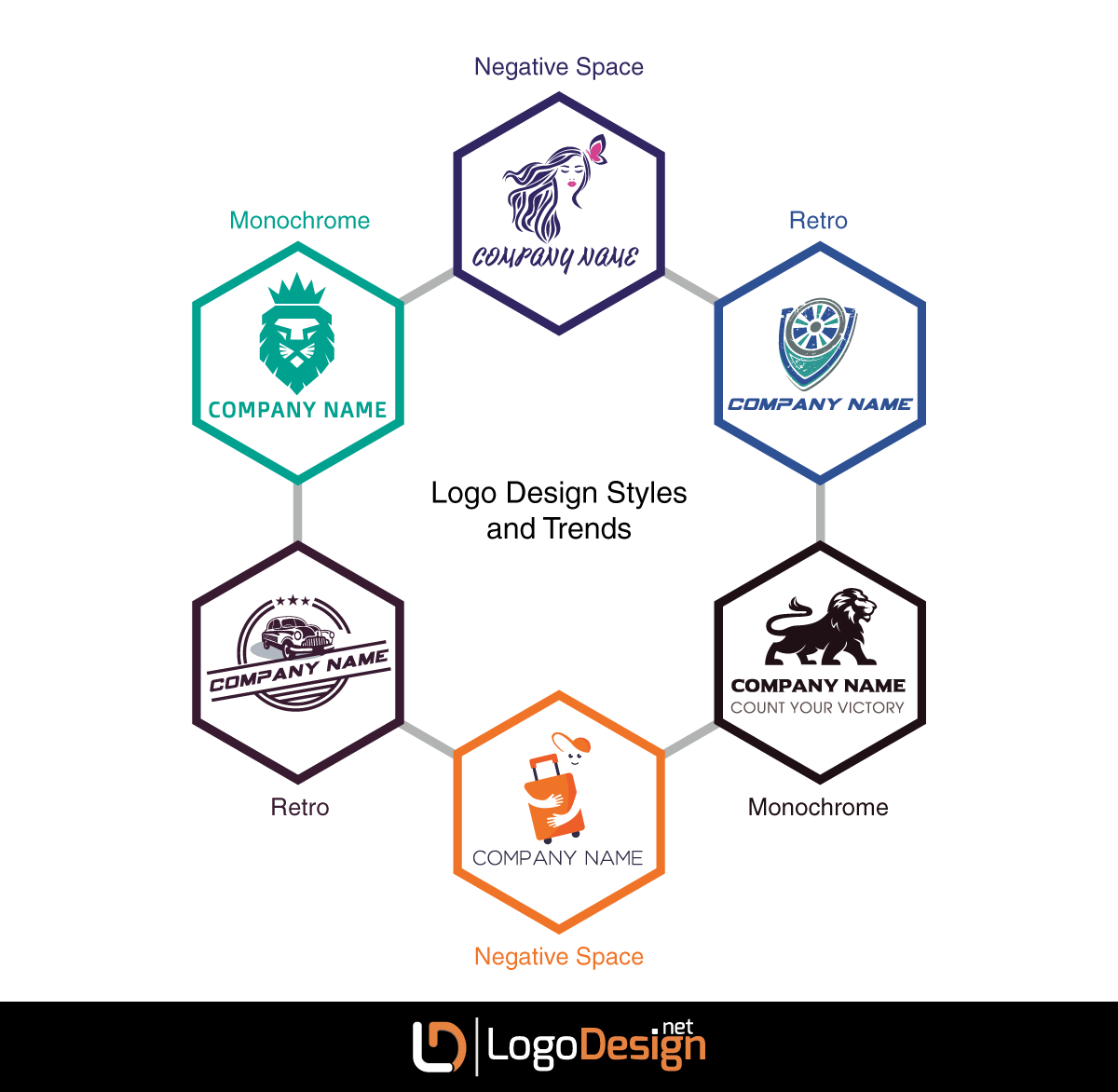
All of these tips can also be applied to more traditional business logos and branding, of course. And they are only some of the trends that are popular right now for effective branding — the options are endless. It all depends on your business or brand, and what your needs are as an individual.
In the eight step walkthrough, we mentioned some free resources that you can turn to for logo creation. Here’s a list of recommended resources that are absolutely free. They will help you get all the important elements for making your logo completely free.
With all the information out there on creating a logo for free for beginners, you’ll surely find that there’s no better time to get involved in creating a logo!
Whether you need a little help from sites like logodesign.net or you’re the “design my own logo from scratch” type, you’re already well on your way to designing your perfect logo.
Regardless of whether you need a business logo or a personal logo, you now have the resources you need to go through the design process, from beginning to end.
Reviewed: by Zaheer Dodhia, CEO and Founder LogoDesign.net.